The Battlebox is the common name, built under Fort Canning Hill, Singapore, as an Emergency Command Center, which was once called the Headquarters Malaya Command Bunker, during the Malay Campaign and the Battle of Singapore, in an emergency bombscene. The Battlebox is a museum and attraction for tourists at the moment.

The Battlebox Singapore
History of Battlebox
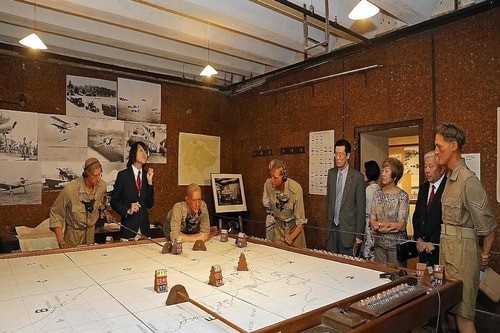
Singapore was long recognized as strategically significant for the Royal Navy to counter Japanese influences, which were considered as the logical threat of the interests of Britain in the Far East and in the Pacific, because of its place in the Western Pacific Ocean. The admirals have developed a strategy for Singapore, which needed a well-equipped naval base. The Naval Base in Singapore on the north coast of the island of Singapore was therefore built. It requires a big British military presence on the island, along with its related defense.
The British Army used Fort Canning Hill as its headquarters in Singapore and constructed many houses in the 1920s to that end. In 1936, however, Colonel Arthur Percival, Chief of Staff of General Dobbie,’ General Officer Commandement, Malaya,’ valued the fact that there was a lack of a headquarter that would combine all three Singapore’s service–Army, Royal Navy and Royal Air Force. To correct this, Fort Canning was suggested to have a Combined Operations Headquarter.
Construction of Battlebox, Singapore
Fort Canning Hill is a tiny hill in Singapore Island’s central area. Stamford Raffles had built a residence there in 1823, but when in 1867 a fort was built on the hill when the Straits Settlement, which included Singapore, became a crown colony. However, the construction of other defenses around Singapore by the turn of the century rendered the fortifications of Fort Canning excessive to requirements.
The Fort Canning Bunker, also known as the Malaya Command Operations Bunker headquarters, was built in 1936 and finished by 1941. Sources differ in the amount of rooms in the bunker; one says 22, while another says 29 rooms, written by the journalist who found the Battlebox. The bunker was built with reinforced concrete walls of one meter thick (3 feet) to resist direct hits from bombs and shells. The complex included a telephone exchange linked to all of Malaya’s army and most civilian switchboards, multiple rooms for signals and activities, bedrooms and latrines. The bunker also included a cipher space for coding and decoding emails, but this job had been moved elsewhere by the moment of Malaya’s collapse and the cipher room had been used as sleeping quarters. Brigadier Curtis, commander of the Fixed Defenses, coordinated the coastal artillery strikes on the bunker’s naval objectives.
World War II
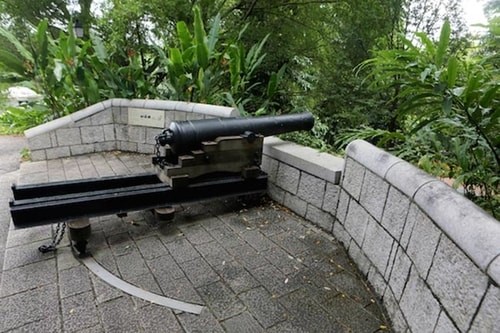
The bunker was deemed too small for its planned use by 1941. After returning to Malaya as Lieutenant General and’ General Officer Commanding, Malaya,’ Percival authorized the construction of a new Combined Operations Headquarters at the headquarters of the Royal Air Force in Sime Road. Building this new office started in 1941 and was completed in that year’s December. Although the headquarters of Combined Operations had been relocated to Sime Road, the Fort Canning Bunker remained Major General Frank Keith Simmons ‘ headquarters, who was responsible for the defense of Singapore Island as the’ Fortress Commander, Singapore.’ Also stayed at the bunker were the Anti-Aircraft Gun Operations Room and Naval Extended Defenses offices.
On December 8, 1941, the Japanese invaded Malaya by moving south through Siam (now known as Thailand) and landing on the north-eastern shore of Malaya at Kota Baharu. By 31 January 1942, Allied forces were compelled back to Singapore Island rapidly retreating through Malaya. On February 8, Japanese troops then crossed Johor’s Straits at Sarimbun Beach Battle on Singapore Island’s northwest coast, followed by a second landing near the Kranji River at Kranji Battle.

During the Battle of Kranji, the Sime Road place had to be abandoned, with Lieutenant-General Percival on 11 February 1942 moving the Combined Operations Headquarters to Fort Canning Bunker. The Japanese bombed Singapore’s Central Area, including Fort Canning Hill, at will by the latter phases of the fight for Singapore. Also within the range of the Japanese artillery was Fort Canning Hill, forcing staff into the bunker. In the last phases of the fight, there were about 500 officers and men in the bunker. Lieutenant-General Percival produced the choice to leave Singapore at a conference on the afternoon of 15 February 1942. A number of senior officers, including Generals Bennett, Heath and Simmons, were present in the bunker’s ‘ Commander, Anti-Aircraft Defense Room.’ With decreasing supplies of water and no feasible alternatives to launch a counterattack, it was decided to seek terms with the Japanese.
Later, during the Japanese occupation of Singapore, the Fort Canning Bunker was occupied by Japanese forces and used for communications until the time of the Japanese surrender. The bunker complex itself appears to have been stolen after the Japanese surrender at the end of the Second World War. Evidence of a number of excavations were notedupon re-entering the complex in 1988, probably efforts to discover loot that the Japanese may have hidden.
Nowadays

After the war, the British again used Fort Canning Hill as the headquarters of the Singapore Base District. The British handed over Fort Canning in 1968–69 to the Singapore Armed Forces, and Fort Canning Hill’s buildings served as the Singapore Command and Staff College for a while. Because of security issues and its precise place, the Fort Canning Bunker, which stayed vacant and unused since the war, was closed off in the early 1960s. It was brought back to the public eye when a journalist “rediscovered” it in 1988, following a number of leads claiming that an underground bunker complex existed on Fort Canning Hill.
The Fort Canning Bunker has been transformed into a museum portraying the last days of the Singapore Battle. On the 55th anniversary of Singapore’s surrender, the museum, called the Battlebox, was formally opened on February 15, 1997.

Visit The Battlebox Now!
The Battlebox is a museum today that reveals the true causes behind “the worst disaster and the greatest capitulation in British history.”
Our Battlebox Tour, A STORY OF STRATEGY & SURRENDERTM, says two stories-Malaya and Singapore’s fall in the Second World War, and how an underground command center worked during the war.
Your visit adds completely to the running and preservation expenses of this priceless historic monument.
Contact:
Telephone Number: + 65 6338 6133
Location Address: 2 Cox Terrace, Singapore 179622 (Fort Canning Park)
Operation Hours: 9.30 am – 5.30 pm

TICKETING DETAILS:
- THE BATTLEBOX TOUR – A Story of Strategy & Surrender ™ (1 hour 15 minutes)
ADULT: S$20
CHILD (7 – 12 years): S$10
TIMINGS (Mondays): 1.30pm, 2.45pm, 4.00pm
TIMINGS (Tuesdays to Sundays, and Mondays which are public holidays): 9.45am, 11.00am, 1.30pm, 2.45pm, 4.00pm
- OF GRAVES, GUNS & BATTLES – A Tour of Battlebox & Fort Canning Hill ™ (2 ½ hours)
ADULT: S$38
CHILD (7 – 12 years): S$18
TIMINGS (Every Monday and Thursday, no tours on public holidays): 2pm
Please visit the official website below to book your tickets:
Visit Battlebox at Singapore With Our Private Taxi
In order to go to historical place in Singapore, you can hire private taxi Johor Bahru as your transport to Singapore because it is very convenient and comfortable. You might not familiar with the road and getting lost while travel. JB2SG provides transport to Singapore at affordable rate. Besides that, we can pick you up from Singapore to Johor Bahru too.

If you are looking for private taxi to jb or taxi to sg or transport to jb, don’t hesitate to contact us for your transportation from singapore to jb/singapore to johor/johor bahru to singapore. What are you waiting for? Let’s go to battlebox today with hassle free private taxi Johor Bahru service from JB2SG!
Contact by Phone/Whatsapp: 012-7883383
Contact by Email: kenny@smartouch.com.sg

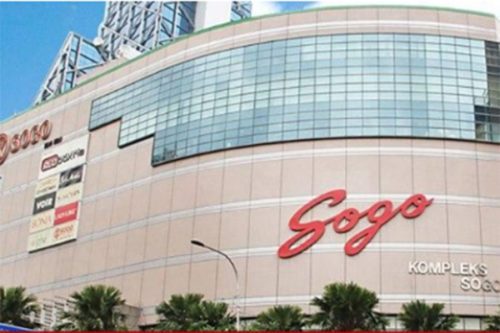

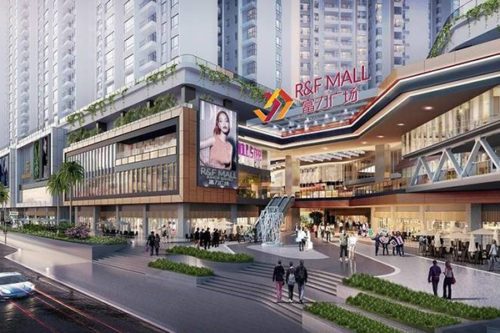
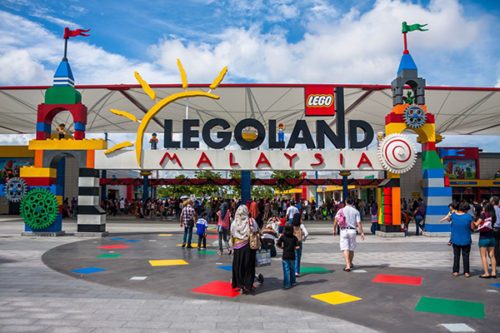
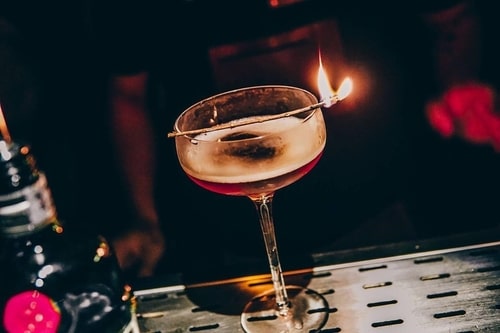
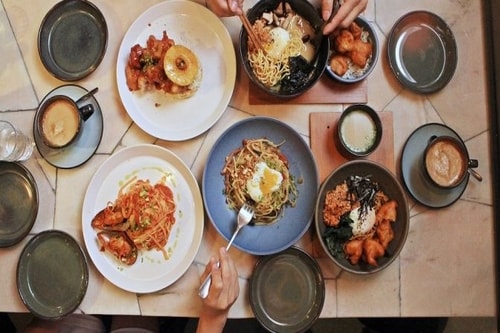
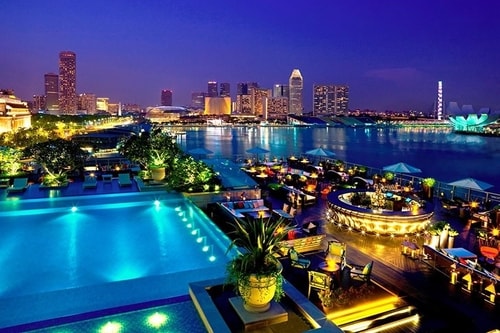
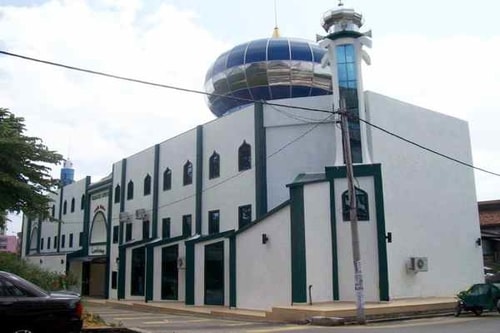
I would like to thank you for the efforts you have put in penning this site. I am hoping to view the same high-grade content by you later on as well. In fact, your creative writing abilities has inspired me to get my very own website now ;)|